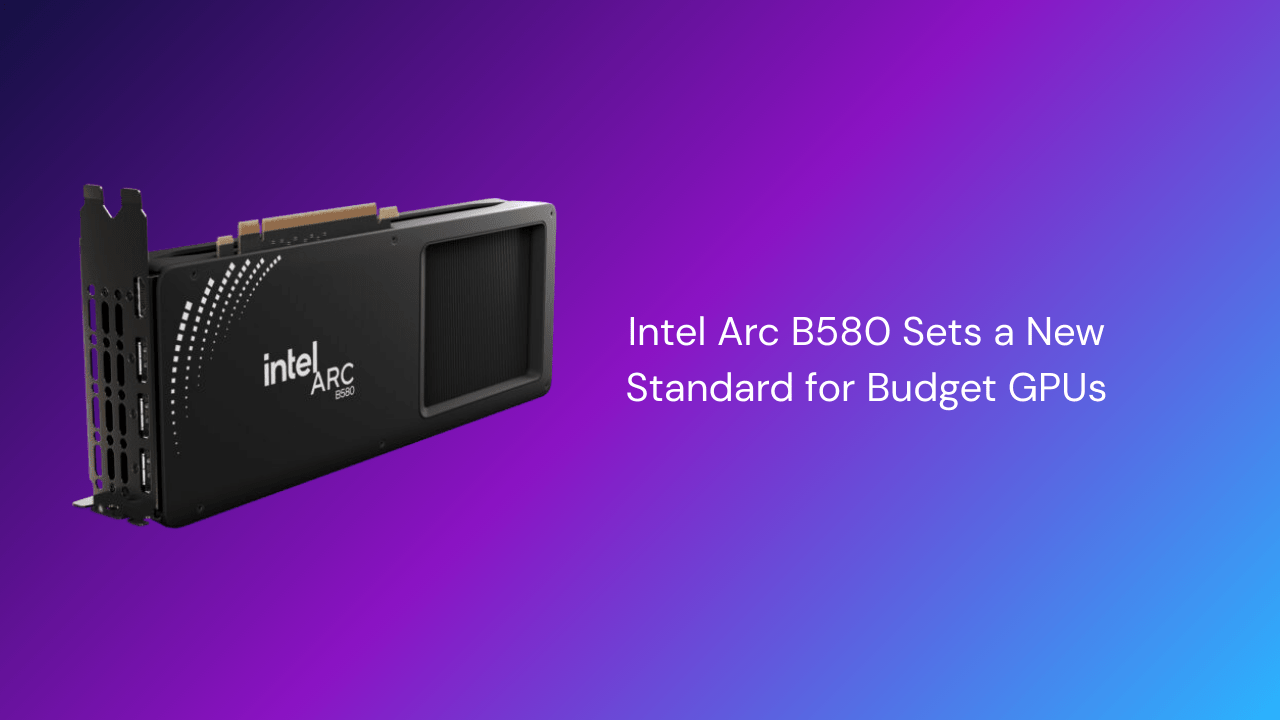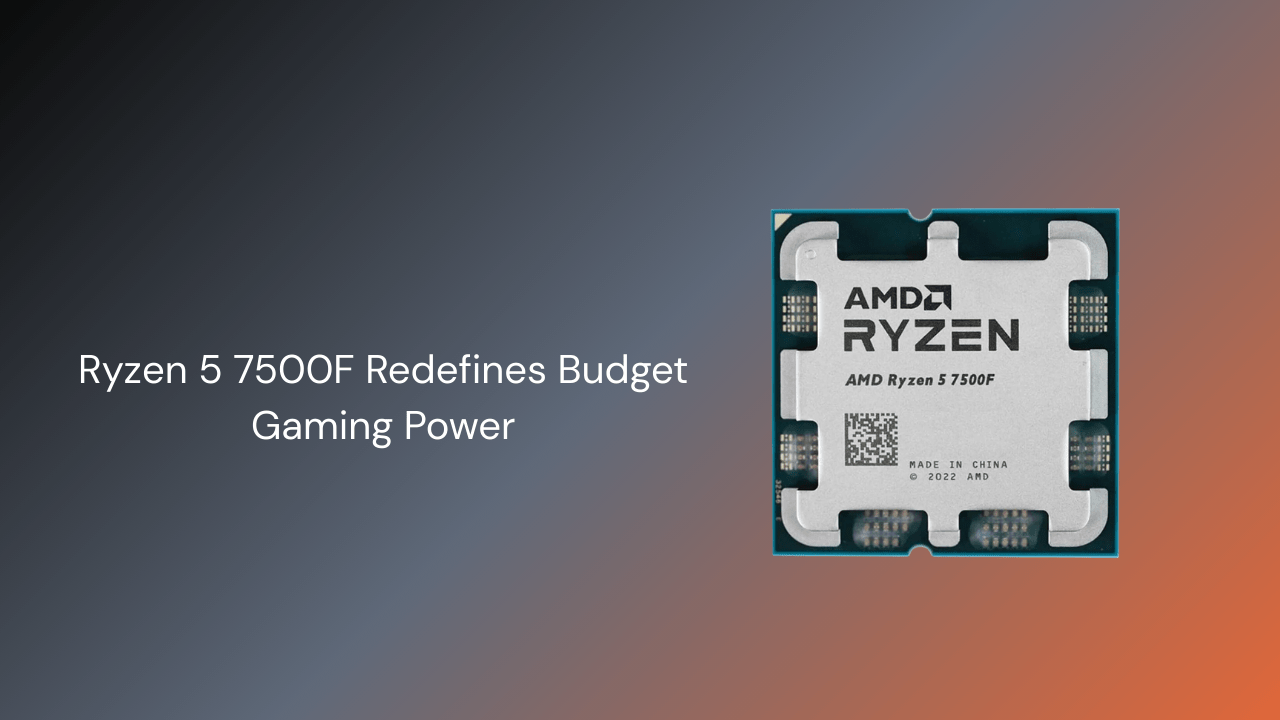AMD’s Ryzen 8000G lineup has entered the scene with a bold promise: delivering strong CPU performance paired with surprisingly capable integrated graphics. Built on the Zen 4 architecture and powered by RDNA 3-based Radeon graphics, these chips are designed to make the AM5 platform more accessible to gamers and creators who want power without relying on a separate graphics card.
The family includes the Ryzen 7 8700G and Ryzen 5 8600G as the flagship models, supported by the Ryzen 5 8500G and Ryzen 3 8300G for OEM builds. The top models use full Zen 4 cores and feature up to 12 GPU Compute Units, while all models maintain a 65-watt power envelope and reach boost frequencies near 5 GHz. With up to 24 MB of cache, they strike a balance between energy efficiency and versatile performance.
In terms of setup, these APUs fit seamlessly into AM5 motherboards equipped with display outputs. Installation is straightforward, and AMD’s included cooler gets the job done, although users looking for maximum thermal performance may still prefer an aftermarket option.
What sets the 8000G series apart is the strength of its integrated graphics. In real-world testing, the RDNA 3 GPU delivers framerates that make esports titles smooth and enjoyable, while even some graphically demanding games run at respectable settings. This represents a dramatic leap from older integrated graphics solutions, narrowing the gap between onboard GPUs and entry-level discrete cards.
On the CPU side, performance remains competitive. While these APUs do not outpace dedicated Ryzen processors like the 7600 or 7700X in heavy multi-core workloads, their single-threaded performance is strong enough to keep them relevant. Combined with their graphics capabilities, they offer an appealing all-in-one solution that Intel’s integrated graphics have struggled to match.
The main limitation lies in memory. Since the integrated GPU draws directly from system RAM, high-speed DDR5 in dual-channel configurations becomes essential to unlock the best results. With slower or limited memory, performance suffers noticeably, making memory choice a critical factor in any 8000G build.
Still, the Ryzen 8000G chips fill an important role in the market. The Ryzen 5 8600G in particular stands out as an excellent option for budget-friendly or small form factor PCs where space or cost make a discrete GPU impractical. With room for further tuning through memory overclocking, these APUs offer impressive versatility.
For anyone seeking a streamlined PC build without sacrificing modern gaming or productivity, the Ryzen 8000G series proves that integrated graphics can finally deliver more than just the basics.



